Which Data Tool is Best for Private Equity and their Port Cos?
As companies grow, data becomes increasingly important—and so do the tools that make that data accessible and easy to understand. From Looker to Mode, Tableau to Power BI, there are now dozens of data visualization tools on the market. For businesses, especially private equity firms with multiple portfolio companies, choosing the right tool can be challenging. Not surprisingly, we’re often asked, “Which one is the best?”
The honest answer is that it depends. Any data visualization tool can turn complex data into easy-to-understand visuals like charts and graphics, allowing users to understand, share, and act on the information it presents. The “best” tool is the one that best suits your company’s goals, needs, and budget—and that will differ widely from company to company. PE firms, especially, should be aware that they don’t necessarily have to choose the same tool for all their companies; they can use a single system across their portfolio or let each port co use a different one, depending on their needs.
Right now, the three most popular data visualization tools that we see in the middle market are Power BI, Tableau, and Domo. While they all allow users to access data, the differences in price, customization, and user interface make each one appropriate for a different audience. In this article, we’ll explain why each one is popular, what its strengths are, and what to think about before investing in it.
Microsoft PowerBI
About 60% of our customers go with Microsoft PowerBI, and no wonder—PowerBI comes bundled with some Microsoft licenses and is a relatively inexpensive add-on with others. Its flexible pricing makes it an affordable choice even for small companies, and its intuitive drag-and-drop interface means that virtually anyone can use it to easily access data.
However, to go beyond the standard visualizations and create custom formulas and calculations, you will need expertise in formula expression language DAX. DAX is a valuable skill that associates and team members alike should learn, but can be a barrier to delivering strong analytics out of the gate.
Tableau
Tableau was founded in 2003 and acquired by Salesforce in 2019. It is now one of the biggest names in business intelligence, which is reflected in the fact that about 30% of our clients use it. Part of its popularity is due simply to the fact that it is so well-established, but it is also easy to use, can handle large amounts of data, and has a wide range of features.
Its per-user cost is considerably higher than PowerBI’s, which may limit its deployability, and it is somewhat more difficult to create more sophisticated visualizations. On the other hand, team members are able to quickly self serve through more user friendly formulas and visualizations as compared to PowerBI.
Domo
Only about 5% of our clients use Domo. Its high cost puts it beyond the reach of many smaller companies, and even larger companies will find that the visualization types are more limited than PowerBI and that it is extremely difficult to customize.
However, Domo has two very powerful advantages. The biggest is that it provides an all-in-one solution. While PowerBI and Tableau are just data visualization tools, Domo gives you a data visualization tool, a data integration tool, and a warehousing tool all together. In addition, it offers an exceptionally easy, intuitive interface. This streamlined simplicity makes it a good choice for non-analysts and companies that aren’t familiar with data integration.
Case Studies: The Right Tool — or Tools — for the Job
As mentioned above, PE firms can choose between using a single data visualization tool for all their port cos or selecting specific tools for each, depending on their needs. Recently, we worked with a middle-market PE firm for whom a standard look and feel across all of its portfolio companies was important. We created a tool recommendation stack that could be adopted by all the current port cos, enabled future port cos to know exactly what they would get, and gave the operating partners access to a consistent interface across all of them.
In contrast, we worked with another middle-market PE firm that wanted each company to have ownership over its analytics program while still allowing operating partners a consistent understanding of data across the portfolio. In that case, we were able to recommend and implement specific tools on a company-by-company basis, all with the same analytics capabilities but tailored to the needs of individual port cos.
Data Visualization that Works for You
Power BI, Tableau, and Domo are the tools we see most often, but they’re not the only ones available, and they may not be the best ones for your needs. Whether you need a single tool for all your port cos or a different one for each, we’ve got you covered. As part of our engagement, we work with our clients to determine their needs so we can make recommendations that span the entire data process, including data visualization tools and other infrastructure. Contact us to learn how we can create a customized program that aligns with your values and goals.

